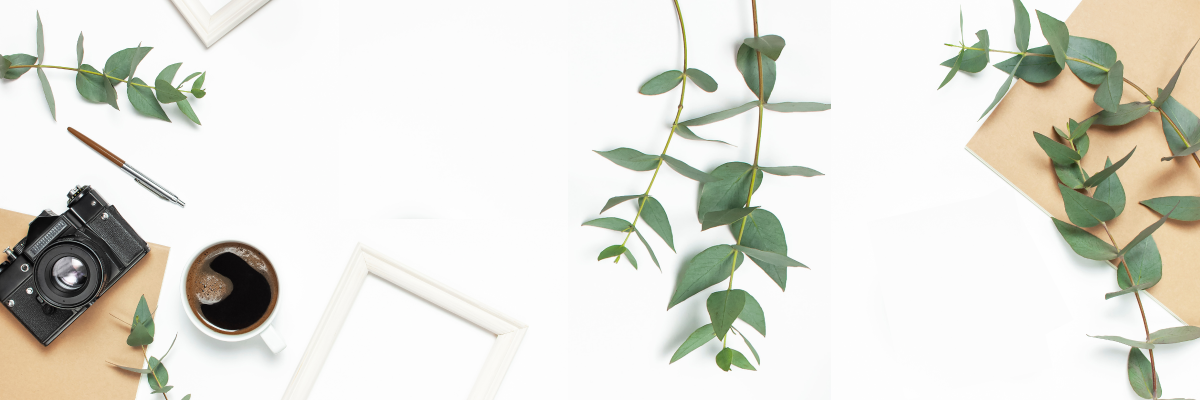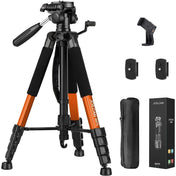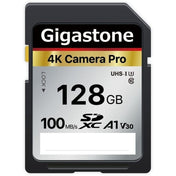Photography is an art that allows us to capture the beauty of the world around us, but macro photography takes this a step further by emphasizing the intricate details of small subjects. If you’ve ever looked closely at a flower petal, the texture on a butterfly's wing, or the patterns on a leaf, you know how captivating these details can be. With the right equipment, such as a Nikon D5600 camera, you can explore this fascinating world and create stunning images that reveal the beauty that often goes unnoticed.
Understanding Macro Photography
Macro photography refers to extreme close-up photography, usually of very small subjects. It allows photographers to showcase phenomena that are not visible to the naked eye. This type of photography is not only an art form but also a way to connect with nature and appreciate the small wonders in our environment. In this section, we’ll cover the basics of macro photography, including its history, equipment needed, and techniques to achieve stunning shots.
A Brief History
The roots of macro photography can be traced back to the early days of photography itself. Initially, photographers used specialized cameras and lenses to capture details of botanical and entomological specimens. Over the years, advancements in technology have made macro photography more accessible to amateur photographers. Today, with cameras like the Nikon D5600 camera, anyone can delve into this fascinating genre, offering an opportunity to explore the remarkable beauty that surrounds us.
Equipment for Macro Photography
To capture stunning macro images, having the right equipment is essential. Here are some key components:
- Camera: A camera with manual settings is crucial. The Nikon D5600 camera is an excellent choice for macro photography due to its versatility and quality image output.
- Macro Lenses: A macro lens is designed specifically for close-up photography. These lenses allow you to focus at very short distances, capturing the fine details of your subject.
- Tripod: Stability is key in macro photography. A tripod helps prevent camera shake, which can ruin sharpness in your images.
- Lighting Equipment: Proper lighting is important for macro photography. Consider using a ring flash or LED lights to illuminate your subjects evenly.
Techniques for Capturing Small Wonders
With the right equipment in hand, it's time to explore some techniques to enhance your macro photography skills.
Getting the Right Focus
Focus is paramount in macro photography due to the shallow depth of field that occurs when shooting close to a subject. Many photographers recommend using manual focus for better control. The Nikon D5600 camera offers you the ability to zoom in on the live view screen, allowing you to ensure that the subject's details are perfectly sharp.
Controlling Depth of Field
Depth of field refers to how much of your image appears in focus. A macro lens often has a very shallow depth of field, which can create beautiful, dreamy backgrounds. Experimenting with aperture settings is essential; a wider aperture (like f/2.8) will create a softer background, emphasizing the subject. On the other hand, a narrower aperture (like f/8 or f/11) will increase the depth of field, allowing more of the subject to be in focus.
Utilizing Natural Light
Lighting plays a crucial role in macro photography. Natural light can create stunning images, particularly during the golden hour just after sunrise or before sunset when the light is soft and warm. However, direct sunlight can lead to harsh shadows. Positioning your subject in an area where it’s partially shaded can help to diffuse harsh light and create even illumination.
Stability is Key
As mentioned earlier, a sturdy tripod is highly beneficial for macro photography. However, even with a tripod, small movements can lead to blurred images. To alleviate this, consider using a remote shutter release or the self-timer function on your Nikon D5600 camera, allowing the camera to remain still while taking the shot.
Choosing Your Subjects
Macro photography can include a vast range of subjects, from flora to insects. Here are some interesting subjects to consider:
- Flowers: Capturing the intricate details of petals and pollen can create beautiful artistic images.
- Insects: A close perspective of butterflies, beetles, and bees can lead to fascinating results. The details of their wings and bodies are often remarkable.
- Textures and Patterns: Seek out unique textures, such as bark, leaves, and fabrics. These can provide unexpected artistic images.
Timing is Everything
Timing can greatly affect your macro photography, especially when it comes to insects. Early mornings are ideal for capturing dew-covered subjects, while insects are often less active during these cooler times. Observing the habits of your subjects—understanding when and where they are most likely to appear—can lead to better photo opportunities.
Post-Processing Your Macro Photos
Once you’ve captured your macro images, the fun doesn't stop there! Post-processing can elevate your photos even further. Here are a few tips:
- Cropping: You can adjust your composition and enhance details by cropping your image.
- Adjusting Exposure: Brightening your images can help to reveal details hidden in shadows.
- Sharpening: Apply subtle sharpening to enhance fine details without adding noise.
Software Tools
Editing software like Adobe Lightroom or Photoshop can provide a wide range of options for enhancing your macro photography. These tools allow for precise adjustments and can help bring your images to life.
Sharing Your Work
Once you’ve perfected your macro photography skills, it’s time to share your work! Social media platforms like Instagram, Pinterest, and photography communities can provide excellent opportunities to showcase your images. Use hashtags related to macro photography to reach a wider audience and connect with other enthusiasts.
Building an Online Portfolio
For serious photographers, building an online portfolio to showcase your work can be beneficial. Consider creating a website or using platforms like Shopify to sell prints or products that feature your macro photography. This can not only showcase your talent but also serve as a source of income.
The Joy of Macro Photography
Diving into macro photography is not just about the final image; it’s about the journey of discovery. The thrill of capturing the tiny details, learning about your subjects, and experimenting with techniques and equipment can be incredibly fulfilling. Equipped with a Nikon D5600 camera and a bit of creativity, you can open the door to a whole new world of photographic possibilities.
Each small wonder tells a story through its intricate patterns and details. The more you explore macro photography, the more you’ll appreciate the beauty present in the tiniest elements of nature. As you capture these small wonders, you’ll find that the world is brimming with beauty, just waiting for you to bring it to life through your lens.
So gear up, grab your Nikon D5600 camera, and embark on an adventure of discovery in macro photography—you never know what small wonders await just around the corner!











